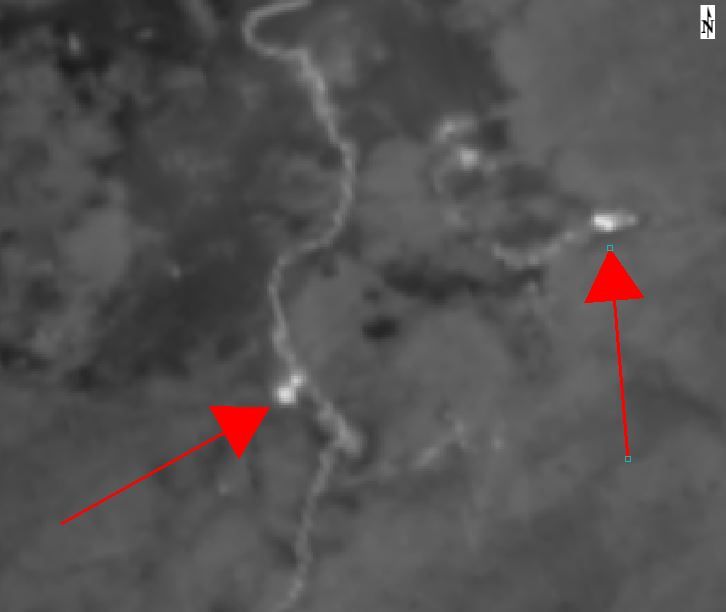- 1 reply
- 1,271 views
- Add Reply
- 4 replies
- 3,593 views
- Add Reply
- 3 replies
- 3,152 views
- Add Reply
- 2 replies
- 1,213 views
- Add Reply
- 5 replies
- 3,815 views
- Add Reply
How to deploy the metadata on Geocortex?
By Fatin Rimawi,
Depend on the title, the issue here is : how to reflect metadata on ArcGIS Server so that it can be deployed on Geocortex".
N.B: If one seeks on ArcGIS Server, metadata can be founded.
Geothermal GIS analysis program?
By Ivan,


Hello!
I am new to the GIS world and as such have very limited knowledge of image analysis. My interest lies in identifying geothemal springs and mapping them.
Large springs like Grand Prismatic Springs in Yellowstone can be observed on thermal imagery as seen in the attachment below (red arrow on the left). It creates a reproducible thermal "fingerprint" year after year.
Does anyone have any suggestions regarding how to best scan/detect these thermal "fingerprints" over a large
Multiple buffer with arcpy ArcGIS

By sAnSiBaR,
Hi all,
I need some help with python code and buffer in ArcGIS:
A set of polygons (all in one featureclass, circular shapes) should get several buffers (e.g. 40 times). Each feature gets a different buffer distance, it is stored in corresponding field in attribute table. So the first buffer distance is taken from value in table, the following are calculated by "buffer*i", "i" is counting from 1 to 40. For example:
If first feature has the value 400 metres, first buffer for that featu
Image Correction for Sentinel2
By yothin,
Dear all
Could you give me some advice to improve Sentinel-2A image look better? I would like to remove some hazed and make them clear looking.
I try a lot in ENVI and Erdas, but fail.
thank all of you in advance
DEM for South East Asia

By chickenhawk66,
Hi,
I am searching for DEM source for south east asia (Vietnam, Laos, Cambodia). Problem is that I need a better accuracy than 1 arc/sec, so SRTM / Aster is a nogo. This is for a non commercial simulation project.
It would be great if someone could someone point me to a good source.
Thanks,
CH66
-
Forum Statistics
8.7k
Total Topics43.4k
Total Posts






